Dance Diplomat, Dana Tai Soon Burgess
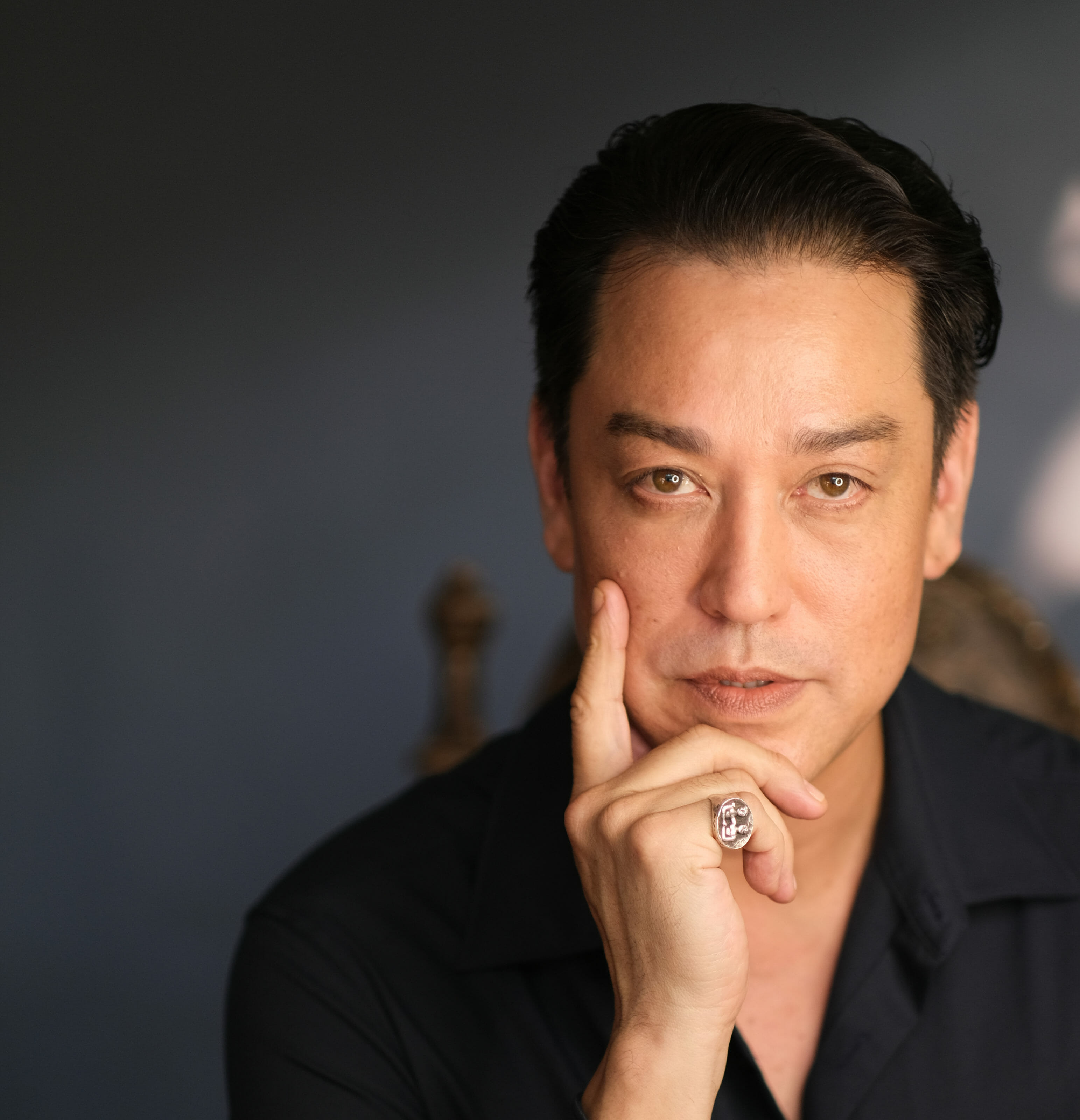
By Claire-Solène Becka, Operations Coordinator, CoDesign Collaborative
Dance is not often thought of as political, at least not dangerously so. But in 1992, detectives arrested Peruivian dancer Maritza Garrido Lecca for sheltering Abimael Guzmán, the guerrilla leader of the Shining Path, a Maoist terrorist group in Peru, above her ballet school. This was the political–and artistic–context that Dana Tai Soon Burgess and his dance company were sent into as dance diplomats for the US State Department in the early 2000s. Dana Tai Soon Burgess grew up in New Mexico to artist parents: his father, an American painter, and his mother, a Korean textile artist. His identity as a gay Korean American growing up in a Hispanic community led him to see movement as his–and humanity’s–fundamental language.
To Dana, dance can serve as a bridge to understand others regardless of their cultural backgrounds. However, this multicultural environment also left Dana feeling constantly like an outsider. Now, Dana is drawn to diplomatic work because it appeals to these childhood lessons. He is constantly searching for the place he belongs, and loves interacting with artists abroad, discovering their commonalities, and helping each other grow through this universal language.
Dana first got involved with the State Department in the early 1990s, when a State Department official was in the audience at one of Dana’s performances at the Kennedy Center in Washington, DC. This official liked Dana’s profile, his work, and his background, and felt he might be a good fit for work in Panama, Venezuela, and other South American countries. He also has toured in Cambodia, Canada, China, Korea, Indonesia, Jordan, Egypt, Israel, Pakistan, and Suriname. Dana also works as the Choreographer-in-Residence at the Smithsonian Institution’s National Portrait Gallery, works as the Artistic Director of his eponymous company, teaches at George Washington University, and recently, writes and edits books, including his memoir coming out in September 2022, Chino and the Dance of the Butterfly, and hosts the Slant Podcast.
Dana was invited to visit Peru through a State Department Performing Arts Initiative grant and Envoy program to create new work and set existing repertory on the National Ballet of Peru. After this initial trip, Dana returned with his company to do a national tour of his work, and then continued to regularly visit Peru, thanks to two Fulbrights and multiple State Department requests. While in Peru, Dana teaches at universities, tours his own work, choreographs for the National Ballet, and sets choreography regularly for the Ballet San Marcos. This former relationship is reciprocal: the National Ballet has been invited to the Kennedy Center in Washington, D.C., and is a long lasting example of cultural diplomacy. This work is primarily about friendship building, albeit highly designed friendships, and continued contact, conversations, and exchanges are required in order to form these lasting relationships. Initiated by the US government, Dana has become an integral figure in Peruvian dance culture, and is featured in dance history books in Peru. Diplomacy is designed, and dance diplomacy is no different. Imagine the transformation from the State Department’s point of view–Peruvian dance at first associated with communist militant groups, and now in a true friendship with an American modern dance company.
Another notably fraught trip of Dana’s was his two-week tour in Pakistan in 1999 in collaboration with photographer Sueraya Shaheen. The two were invited by the Pakistani Cultural Council and the U.S. State Department to create a new choreography and photo exhibition to be presented at the Kennedy Center as a result of the tour. At this time, the Taliban was not well known outside of Pakistan, and the two governments hoped this tour might encourage friendship between the nations. Dana had his own goals too, as he set out to investigate pre-Islamic Buddhist sites to inform his understanding of how Western aesthetics shaped physical representations of the previously symbolic depictions of the Buddha. While visiting the Swat Valley, Dana visited a museum that had been shut down due to a recent Taliban raid; many of the carvings of the Buddha had been attacked and broken as the Taliban saw them as “sacrilegious idols.” Dana then met with a local official, who made it known that he scorned Buddhist art. In addition to the Swat Valley, Dana also visited the Lahore Fortress, and met with the US Embassy community and the cultural arm of the Pakistani Government. These meetings left Dana at times feeling isolated and anxious; reflective of the political climate at the time in Pakistan. Still, these diplomatic visits were mutually beneficial, and Dana walked away with a new understanding of freedom and self-expression.
Dance diplomacy, and this kind of friendship building, is not a new concept. Ballet was particularly popular during the Cold War as a tool of national expression and pride, especially given the importance of ballet in Russia. Dance performances at this time demonstrated artistic freedom and physical excellence of both American and Soviet culture: think of the technical virtuosity of Russian Vaganova-trained dancers and of the triumphant Balanchine style in Stars and Stripes. Dance tours, out of all the cultural diplomacy options, now are arranged based on the involved community’s interest: in essence, if dance is particularly significant or respected, an American dance company is often selected to tour. For example, Dana shared that in Indonesia, dance is revered and there are often huge dance festivals where American participants are welcomed and valued. A dance tour might also be selected if the cultural attaché of a region has a personal interest in dance. Dana explained that dance is more complicated to tour than other art forms as it has so many requirements: a stage, or at least a proper floor to dance on, for example.
Dana notes the complexity of accepting and declining tour offers. There have been times when Dana has had to refuse assignments, especially when the safety of his dancers is not guaranteed. Dana spoke of one invitation to participate in a festival, but upon further research, learned that there were major safety issues, and that housing wasn’t ensured upon their arrival. This research is key before a trip, not only to vet the logistics, but to understand the community and host organizations.
Dana, as a diplomatic figure, is representative of a more intersectional branch of this work than its Cold War history, and he thinks carefully about how the government designs cultural diplomacy– and how to improve it. The scale of this kind of diplomacy is determined by the yearly program budget release, and soft diplomacy is seen as a relatively low cost, high visibility option. Dana believes there is room for improvement in the design of these programs, especially in regards to who is sent out on tour, what art forms and styles are represented, and what conversations about American identity are being had. He also advocates for more of an emphasis on what happens after the return of a tour, and how to design multi-step projects and reciprocal programs so that collaboration happens on American terrain as well as abroad.
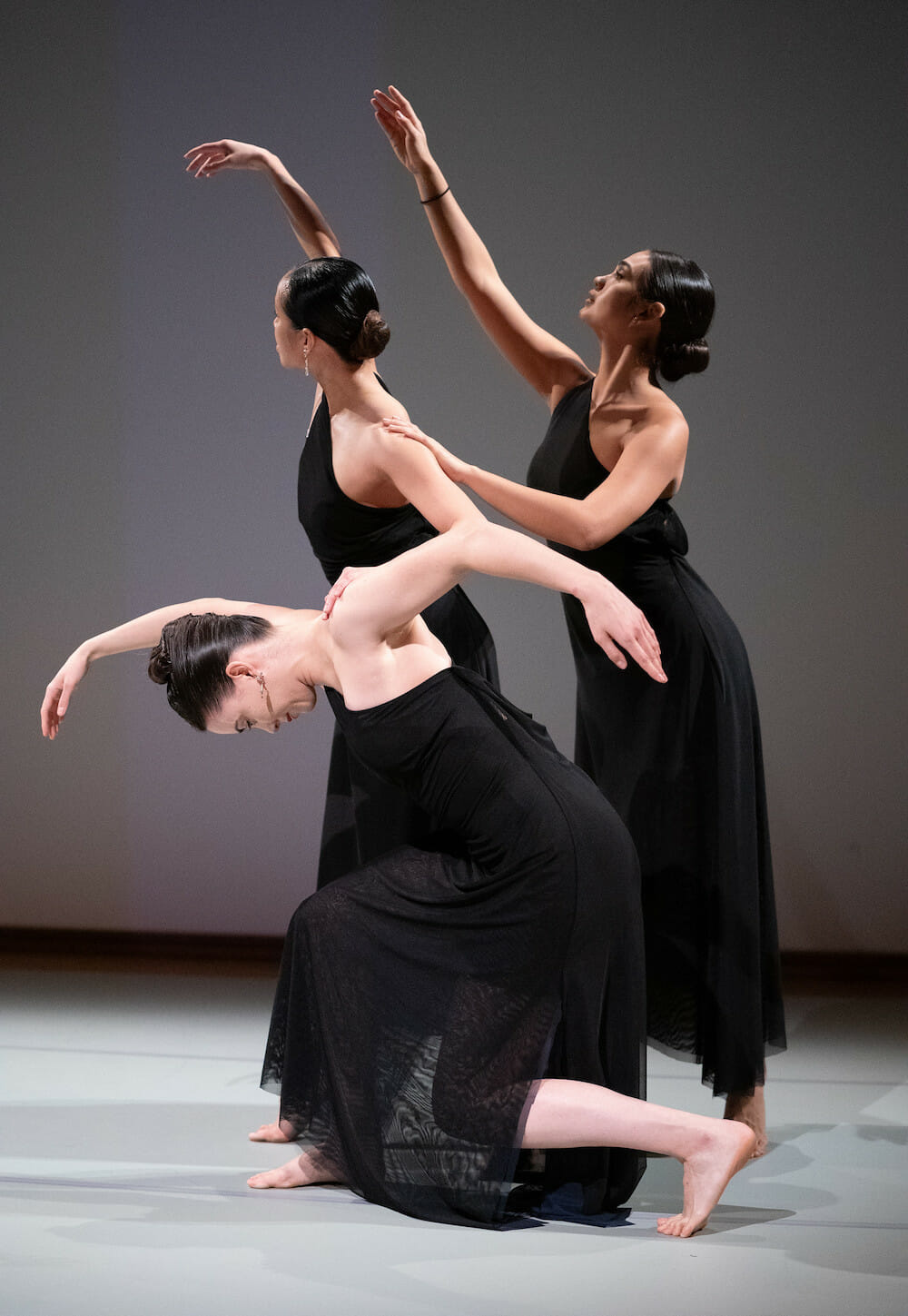
Photo by Jeff Malet
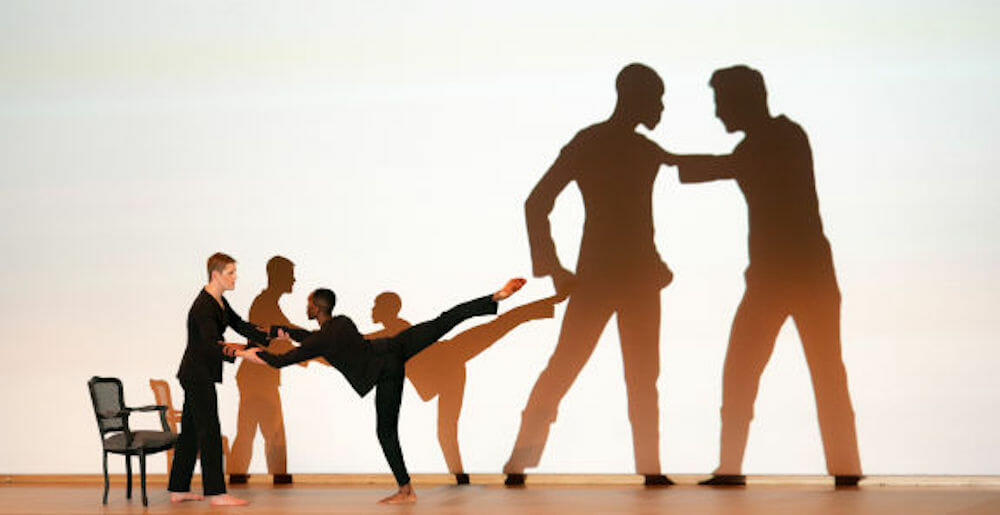
Photo by Jeff Malet
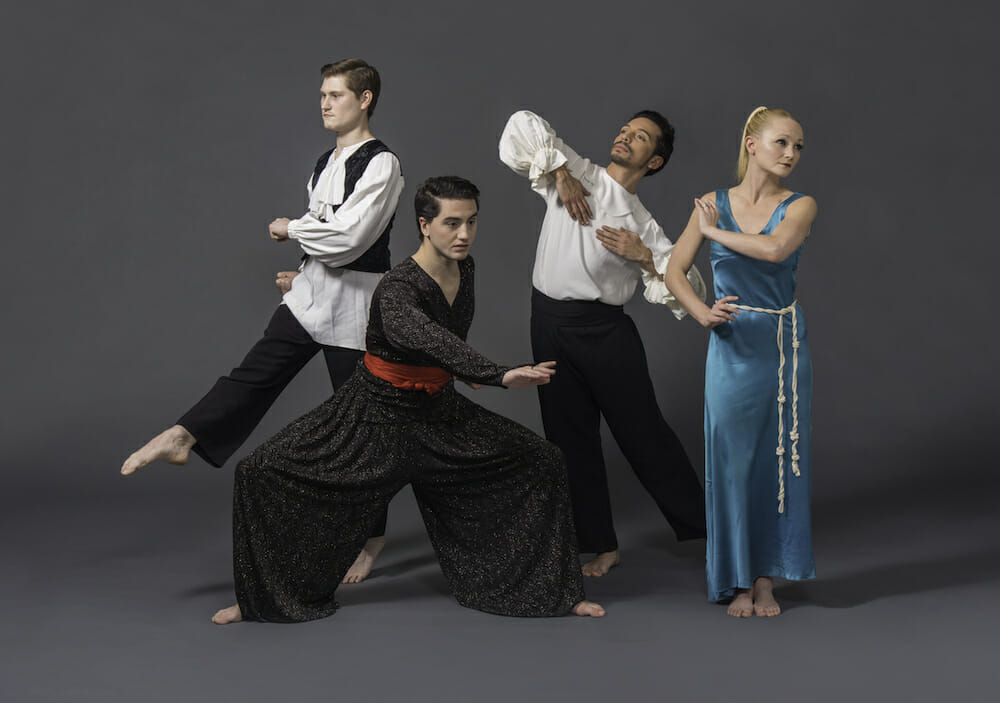
Photo by Jeffrey Watts
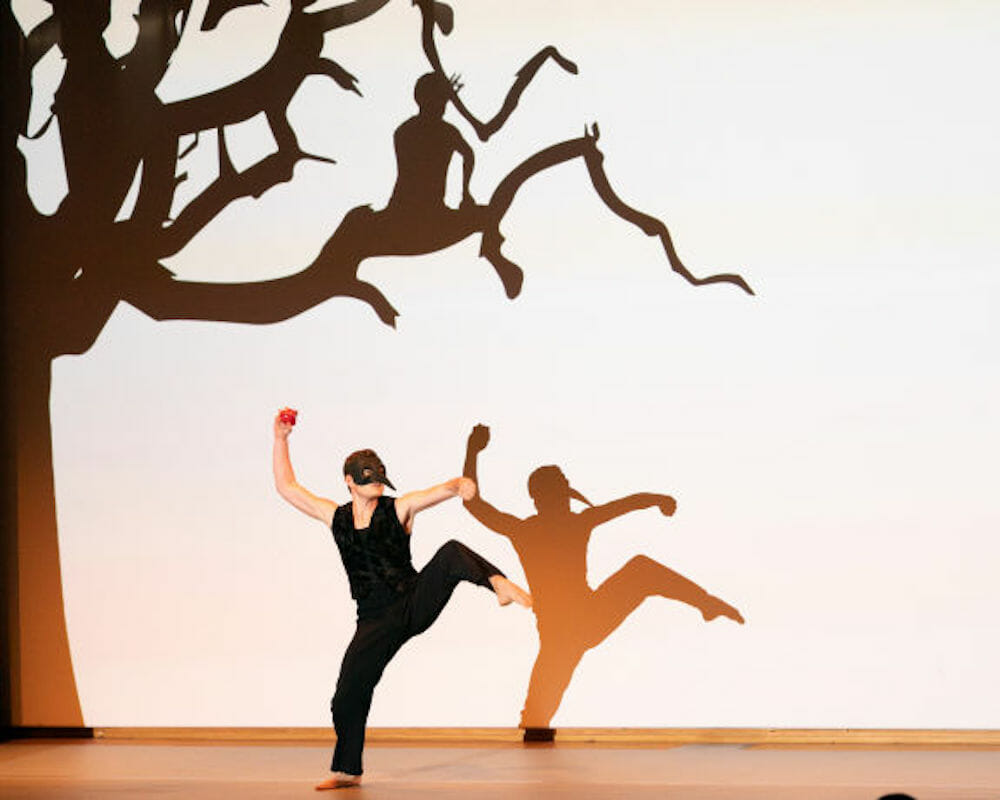
Photo by Jeff Malet
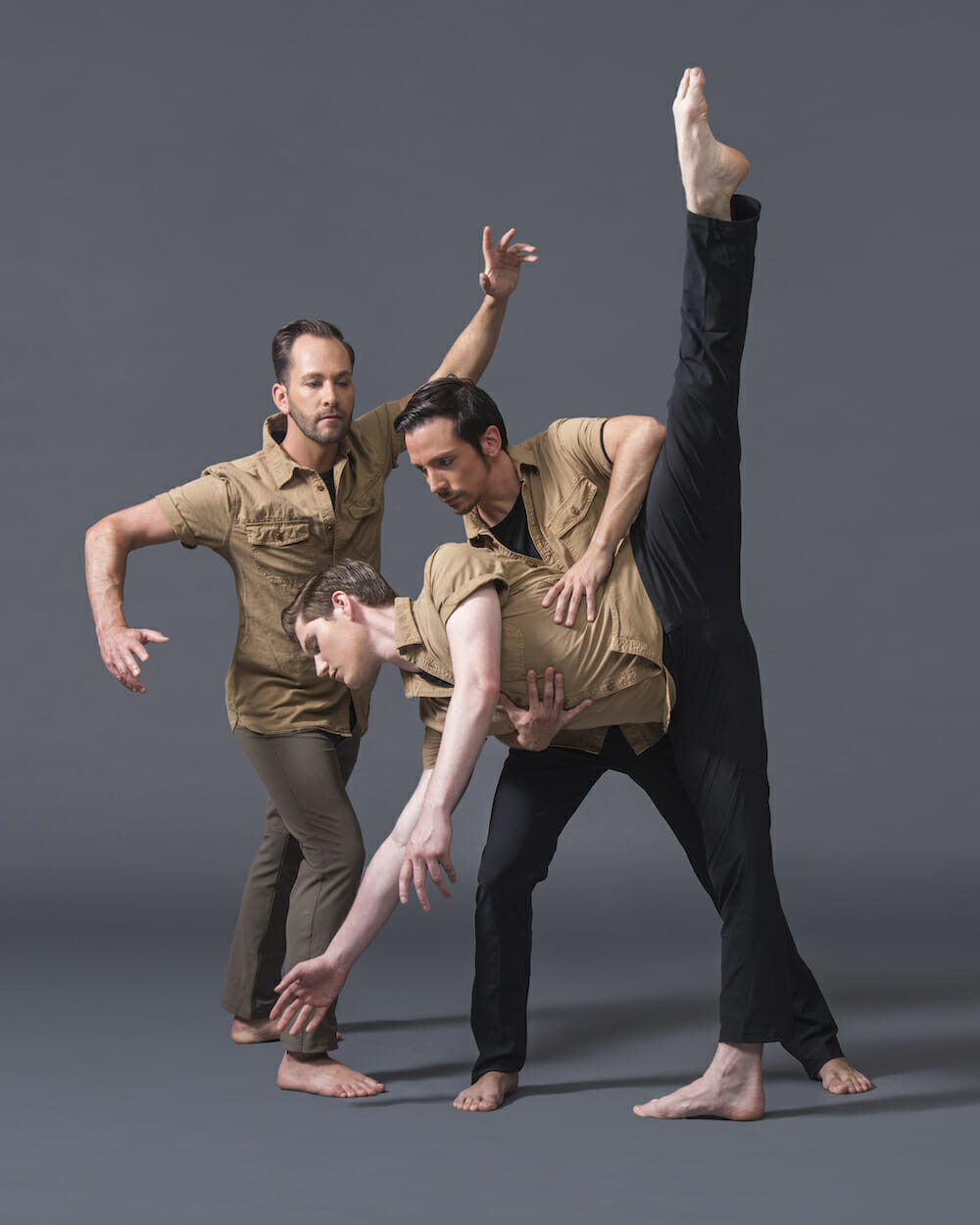
Photo by Jeffrey Watts
